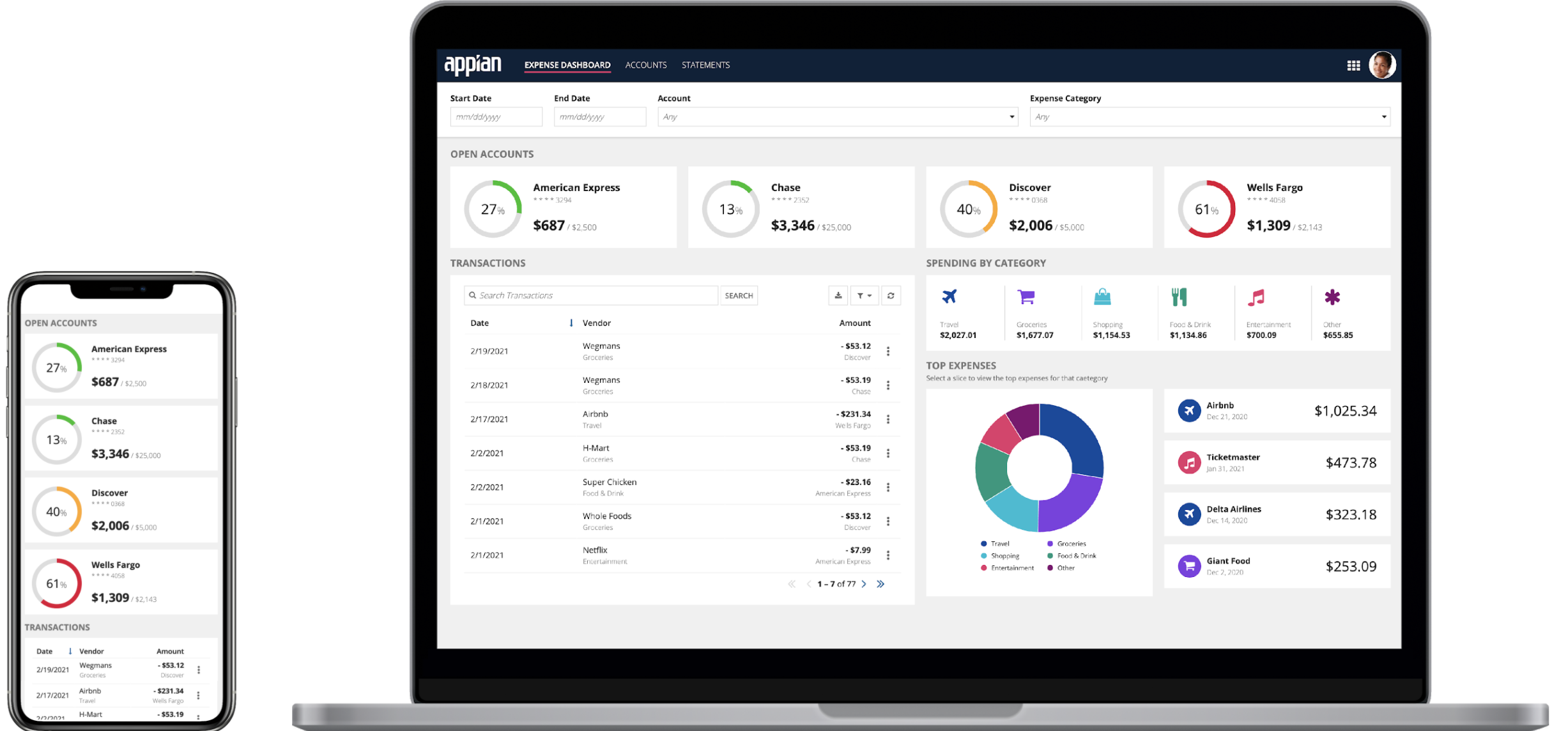At an online Appian World conference, Appian today unveiled an update to its low-code platform that adds a set of visual tools that enables developers to aggregate data within an application with the help of a database administrator (DBA) or data engineering team.
Malcolm Ross, vice president of product at Appian, said one of the things that holds up application development the most is the need to wait for data to be massaged in a way that makes sense within the context of an application. The latest edition of the Appian Low-code Automation Platform aggregates multiple data sources into a single data vector columnar data store that resides within the platform.
In effect, Appian is applying a low-code approach to data engineering processes that, today, require dedicated expertise to set up and manage.

The latest version of Appian also adds an Intelligent Document Processing (IDP) tool enabled by optical character recognitions and AI models, application design guidance, developer collaboration tools and enhanced DevSecOps capabilities that enable software packages to move between development, test and production environments with a single click in a way that is governed by the Appian platform.
Appian is also extending robotic processing automation (RPA) tools to centrally manage bots within an application to Windows platforms.
Finally, Appian is making a formal, less-robust community edition of its platform available to a limited number of developers as part of an effort to expand the overall size of its developer community.
Ross said as both professional and so-called citizen developers embrace low-code applications it’s critical to have guardrails in place that ensure applications are deployed in a way that adheres to DevSecOps best practices. The Appian Low-code Automation Platform includes the software development life cycle (SDLC) tools needed to set those guardrails regardless of the level of experience any developer has, noted Ross. In fact, Appian guarantees, for a flat services fee, that an organization’s first project will go live in just eight weeks.
In general, Ross said the number of individuals capable of building applications continues to expand as more “business technologists” learn how to build applications. Previously, these individuals might have used 4GL tools or macros to build applications based on Microsoft Excel spreadsheets. The Appian low-code platform makes it possible for this class of power end users to build more robust enterprise applications using a set of tools that compare their efforts to known best practices and offer suggestions to make improvements.
At the same time, professional developers are opting to build applications using low-code tools to reduce the size of application development backlogs. Not every application that needs to be developed requires developers to employ procedural code.
The net effect is more applications than ever are being simultaneously built and delivered at a time when organizations are launching multiple digital business transformation initiatives.
It may be a while before the effects of low-code platforms are fully realized within IT environments. However, the one thing that is certain is IT teams of all sizes should expect to be managing an exponentially higher number of applications.